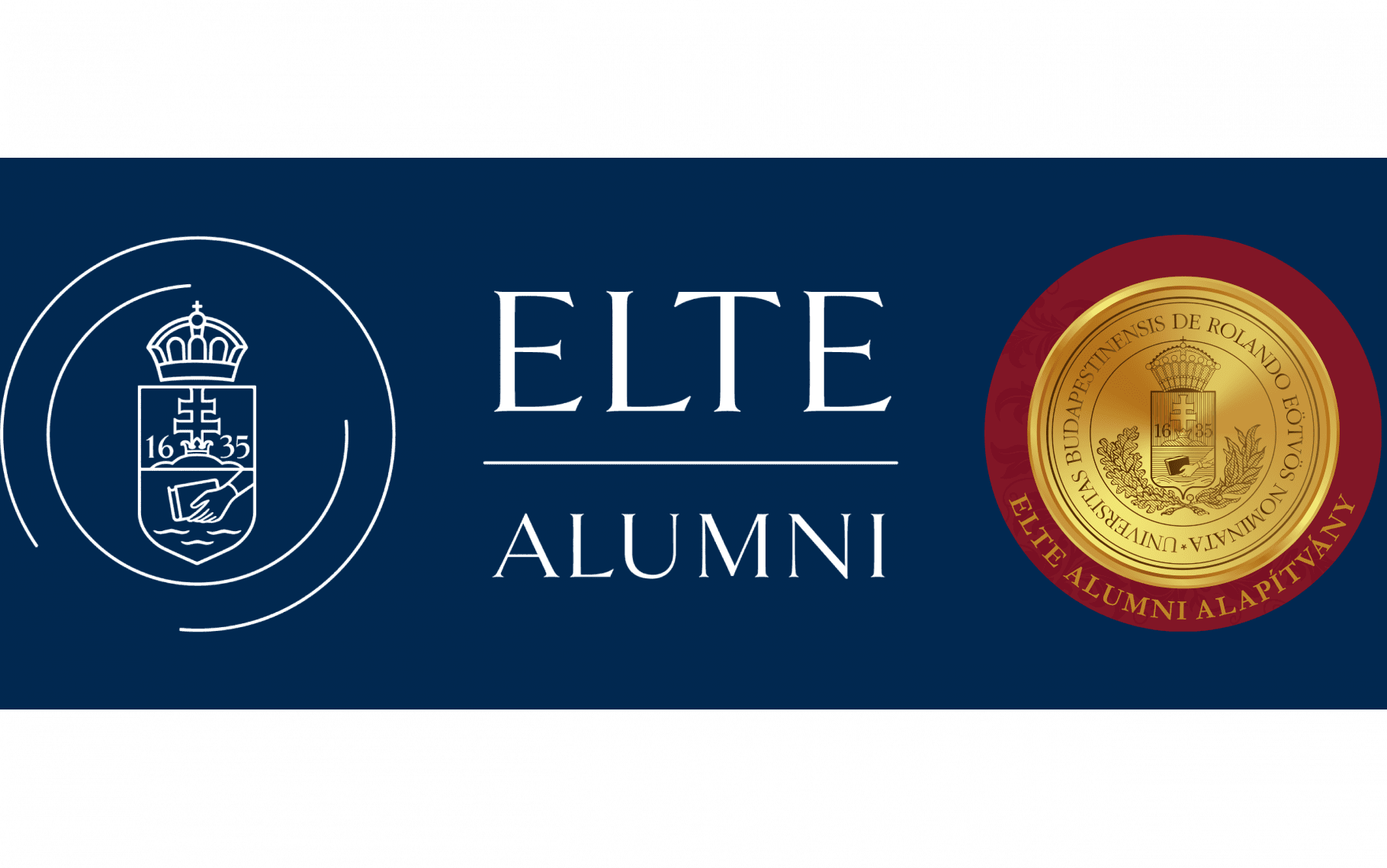Anniversary of famous graduates 2023 Q3 - Szent-Györgyi, Pray, Lenhossék
Albert Szent-Györgyi, Nobel and Kossuth Prize-winning Hungarian doctor and biochemist, was born 130 years ago, György Pray, a Jesuit monk and historian, was born 300 years ago, and Mihály Lenhossék, an anatomist, was born 160 years ago. This article was written in honor of them and our five other anniversary graduates.
Albert Szent-Györgyi graduated from the University of Budapest with a medical degree in 1917, and after the First World War he worked as a researcher in Germany and the Netherlands. In 1927, he discovered a substance with a reducing effect in the adrenal gland, which he named hexuronic acid, and for his study he won a scholarship to the University of Cambridge. At the beginning of the 1930s, he isolated vitamin C in Szeged, then in the middle of the decade he discovered the three members of the citrate cycle, the bioflavonoids (vitamin P), and together with his colleagues he achieved a breakthrough in understanding the biochemistry of muscle function. His work was recognized in 1937 with the Nobel Prize in Medicine and Physiology.
György Pray was the member of a family from Tyrol. In 1742, he became a student at Nagyszombati University (the legal predecessor of ELTE). After taking a theological exam in Eger, he was ordained as a priest in 1754. He began his activity as a historian in 1764, at the suggestion of Lipót Kollonich, in the Chamber archives, which had been closed until then. Unlike his predecessors, he consciously collected and copied only the documents necessary for his studies. In the following decades, he collected sixty volumes of material through his archival research and data exchanges with his contemporaries. The fruit of this activity was the publication of a fragment of the Funeral Sermon and Prayer found in the Pray codex, as well as the legends of Saint Elizabeth and Saint Margaret.
Mihály Lenhossék, one of the founders of neuronton, is the maternal uncle of Albert Szent-Györgyi (1893-1986), a Nobel Prize-winning physician and biochemist. As a professor at Budapest University (the predecessor of ELTE) and director of the university's Anatomy Institute, he was one of the defining figures of Hungarian anatomy and histology education. His three-volume textbook entitled Human Anatomy was published in 1922 and is still one of the basic source works in Hungarian human anatomy literature. In addition, his activity as a speleologist is outstanding, and he published his results in Cave Research, in the publications of the Hungarian State Geological Institute, and in the Journal of Natural Sciences. He published articles on the Piltdown and Rhodesia skull finds, the excavations in the Pilisszántóstone niche and the Igricz cave, and the Neanderthal man, but he also dealt with the situation of cave research.
Other graduates:
Pál Makó, professor of mathematics and physics, director of the Faculty of Humanities of the University of Buda, was born 300 years ago.
Pál Angyal, criminal lawyer and university professor, was born 150 years ago
Géza Zemplén, Kossuth Prize-winning chemist and doctor of humanities, was born 140 years ago
Psychoanalyst Júlia Láng was born 130 years ago
Klára K. Csilléry, ethnographic researcher and museologist, was born 100 years ago
Source: Wikipedia.hu

Comments0
Please log in to see or add a comment
Suggested Articles


